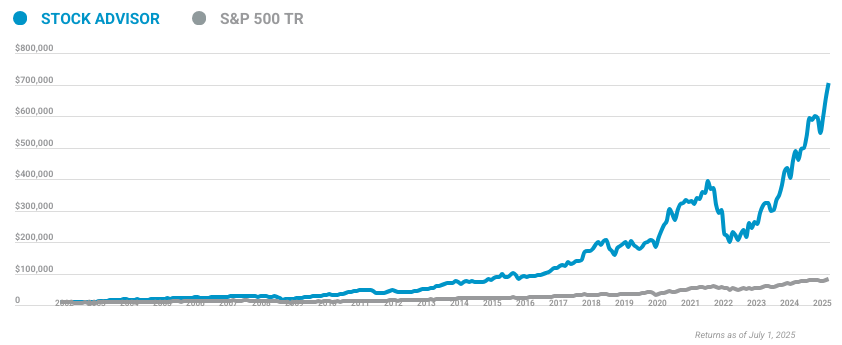I read this shocking fact recently: From 1957 to 2003, the 100 S&P 500 stocks with the lowest price-to-earnings (P/E) ratios at the beginning of each year beat the broader index by more than three percentage points annually. That performance turned an original $1,000 investment into more than $425,000 -- $294,935 better than the S&P.
Those numbers are courtesy of Jeremy Siegel, the Foolish Wizard of Wharton, who tells us that valuationmatters.
Separate theory from practice
It matters because if you overpay for a stock, you're going to lose to the market in the long term. And while the P/E ratio is a blunt and imperfect way to value companies, Siegel's data is nonetheless compelling. Very simply, cheap companies did better than expensive ones -- all else be damned.
Siegel's data, however, isn't an investment strategy. First, 100 stocks is too many for most investors to buy and follow. Second, by limiting your portfolio to S&P 500 stocks, you exclude nearly 93% of public companies from consideration. And third, as I just mentioned, the P/E ratio is blunt and imperfect. In order to find the best value-priced stocks, you also need to consider other financial metrics and X-factors, such as why the price is low, what the prospects are, and the quality of management.
Ten cheap stocks
But let's say Siegel's solution sounds easy, and you want to buy today's 10 cheapest S&P 500 stocks:
|
Company |
P/E Ratio |
|---|---|
|
Ashland (NYSE:ASH) |
2.3 |
|
KB Home (NYSE:KBH) |
5.3 |
|
DR Horton (NYSE:DHI) |
5.4 |
|
Centex (NYSE:CTX) |
5.6 |
|
Lennar (NYSE:LEN) |
5.7 |
|
Avaya (NYSE:AV) |
5.8 |
|
Pulte Homes (NYSE:PHM) |
5.8 |
|
Louisiana-Pacific (NYSE:LPX) |
5.9 |
|
ConocoPhillips (NYSE:COP) |
6.3 |
|
Fannie Mae (NYSE:FNM) |
6.5 |
Despite its low P/E tag, this is a risky portfolio. Seven of the 10 companies are either homebuilders or reliant on homebuilders. These companies are cheap for a reason: Though they've earned lots of money during the "housing bubble," the market isn't as optimistic about the future. Thus, their stocks have fallen -- and the cyclical nature of the industry makes the companies look cheaper than they are. (These stocks will get creamed if homebuilding does slow down.)
The Foolish bottom line
You can do better than that if you heed these two Foolish takeaways:
- Cheap stocks are good; but
- The cheapest stocks aren't necessarily the best stocks.
If you start there, then you're on your way to becoming a value investor -- the name given to folks who buy the best companies at the best prices to earn the best returns. It's also a time-tested approach that's been made famous by luminaries such as Ben Graham and Warren Buffett.
We have our own value guru here at the Fool. As the advisor of Motley Fool Inside Value, analyst Philip Durell has paced his members to a nearly four percentage point lead over the S&P 500 and expects to do even better over time. He does it by buying the best companies at the best prices -- or Dirt Cheap Dream Stocks, as he calls them -- and he can help you do it too. Click here to learn more.
Tim Hanson does not own shares of any company mentioned in this article. Fannie Mae is an Inside Value recommendation. No Fool is too cool fordisclosure.









